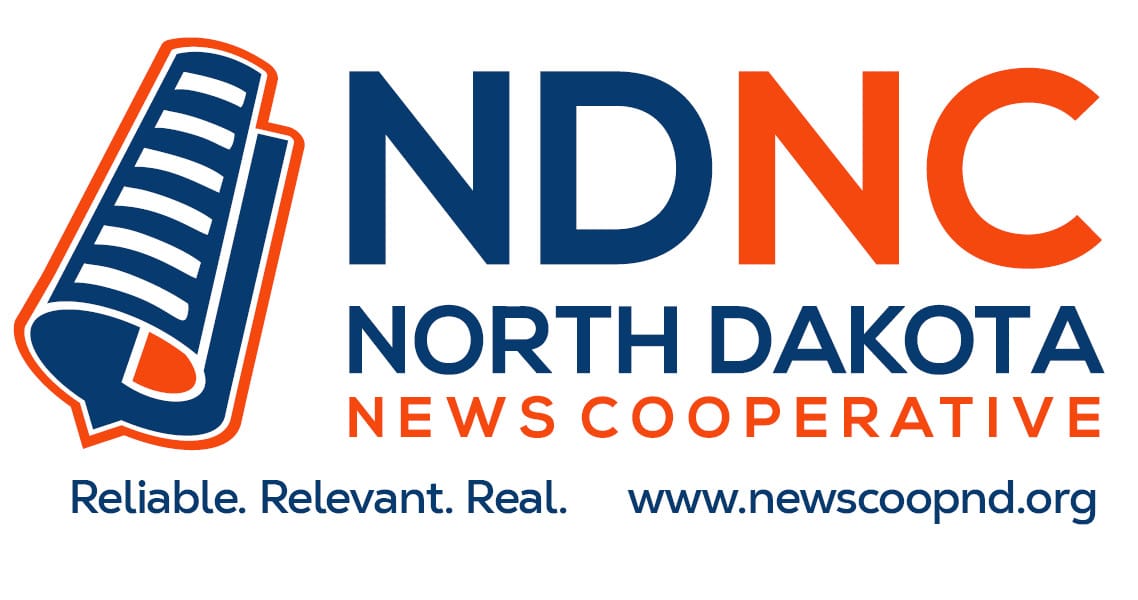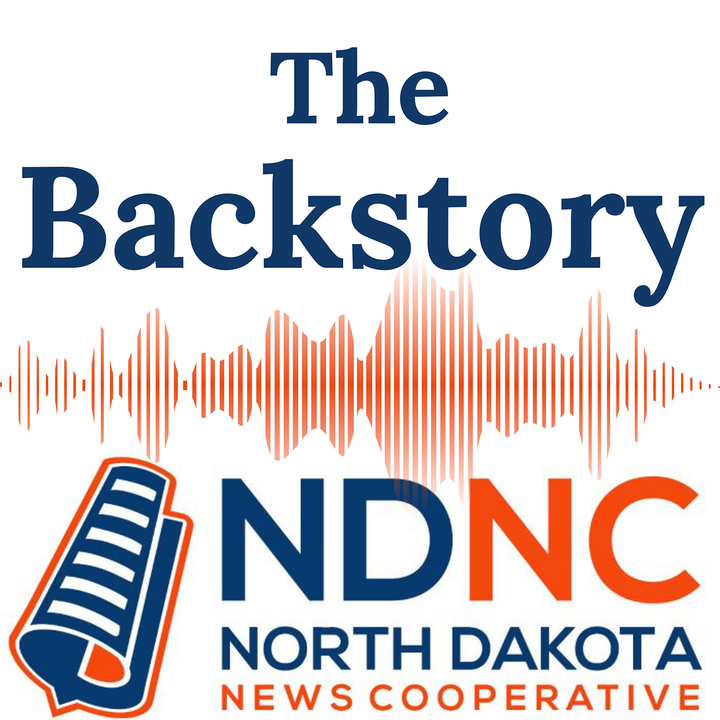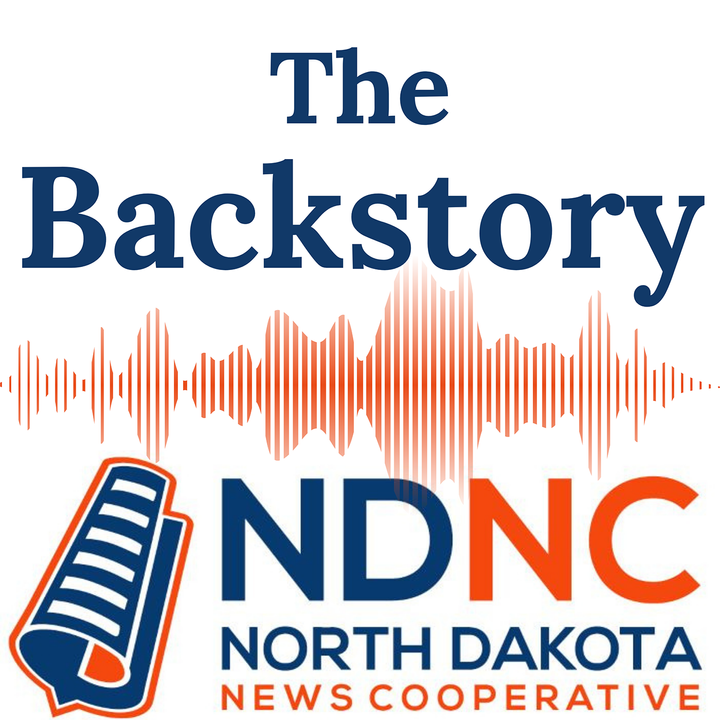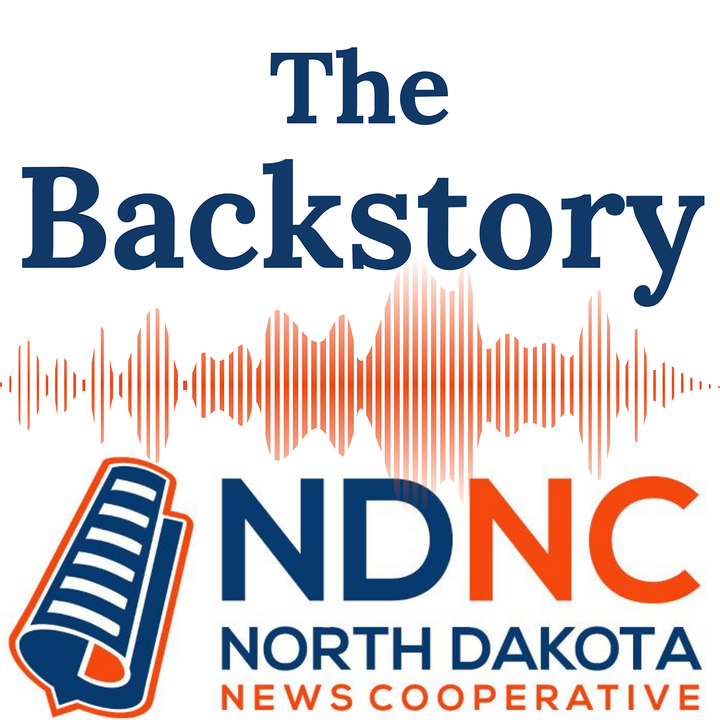Federal funding cuts prolong anxiety for North Dakota institutions
State Library, research universities await next moves
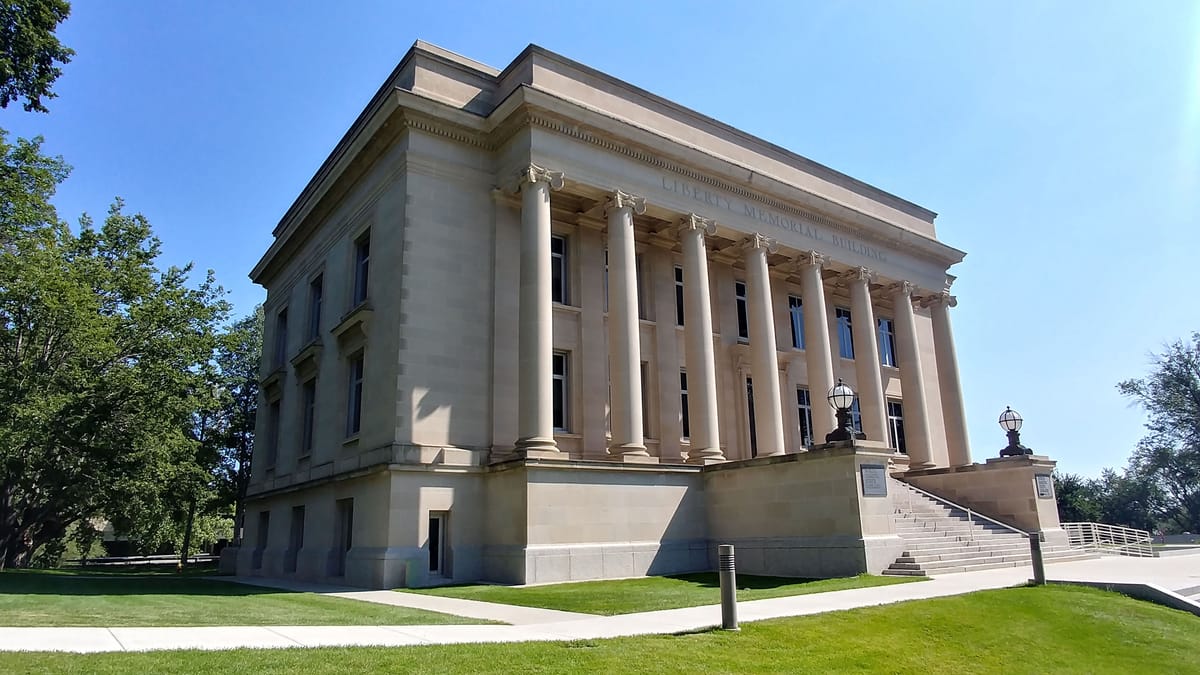
Trump administration orders to slash funding across the country have put the future of some programs offered by the State Library of North Dakota at risk.
Other federal funding cuts have already hit research at the University of North Dakota and North Dakota State University in health, science and the humanities.
Pending cuts have programs on edge about their future, potentially impacting citizens whose lives are enriched by those programs.
Staffers at the Institute of Museum and Library Services were put on leave in March following executive orders to reduce the size of the agency. Three states - California, Connecticut and Washington - all had grant funding terminated.
The State Library, which received $1,295,858 from the IMLS in 2024 to help pay for portions of the programs, is currently waiting to see if funding will be disbursed in this fiscal year.
“We haven’t received any official notification that we’re getting those funds, but we haven’t received official notification that we’re not getting those funds either,” said Mary Soucie, State Librarian.
Federal grants provided to the State Library help support services for libraries, students, state employees and citizens across the state.
These include interlibrary loan services, the collection of both physical books and e-books, online library databases, and for the provision of materials to those with physical, visual or reading impairments.
Federal funding has flowed to state libraries since 1956, first through the Department of Education, and since the creation of the IMLS in 1996, through that agency.
Allotments for the State Library increased from around $600,000 in 1999, to the current $1,275,000 expected for both fiscal years 2025 and 2026.
Something that potentially impacts all North Dakotans if funding evaporates is the ability of the State Library to add to e-book collections across the state, as well as providing online databases that allow access to things like continuing education courses, language learning, and genealogy research through Ancestry.com.
The ancestry database is only available by being physically present in the library, Soucie said, and was accessed over 330,000 times last year, so loss of funding could potentially lead to the loss of that popular resource.
Interlibrary loan services could continue in the state if federal funding was cut, Soucie said, but it would impact the ability to serve people across the state. That funding helps cover postage costs to get materials out to people.
“We’re the only state that mails directly to patrons’ homes,” Soucie said.
Nine counties in the state do not have a library, and 23 counties don’t have statewide library services, but anyone in the state can get a State Library card and use it to access materials and databases online or have physical items sent to them directly.
Over 115,000 books were sent to patrons across the state through public libraries using the interlibrary loan services last year, and that’s not counting what’s distributed through K-12 libraries or at higher education institutions, Soucie said.
Three full-time employees at the State Library, as well as the rent paid by the library to use the space in the Liberty Memorial Building on the capitol grounds in Bismarck, are also covered by federal funding.
If cuts do go through, the State Library would have to go to the state Emergency Commission to see if those funds could be covered full or in part by the state.
“If the funding is not received, we would have to look at what services we could make changes to, because a third of our budget comes from those federal dollars,” Soucie said.
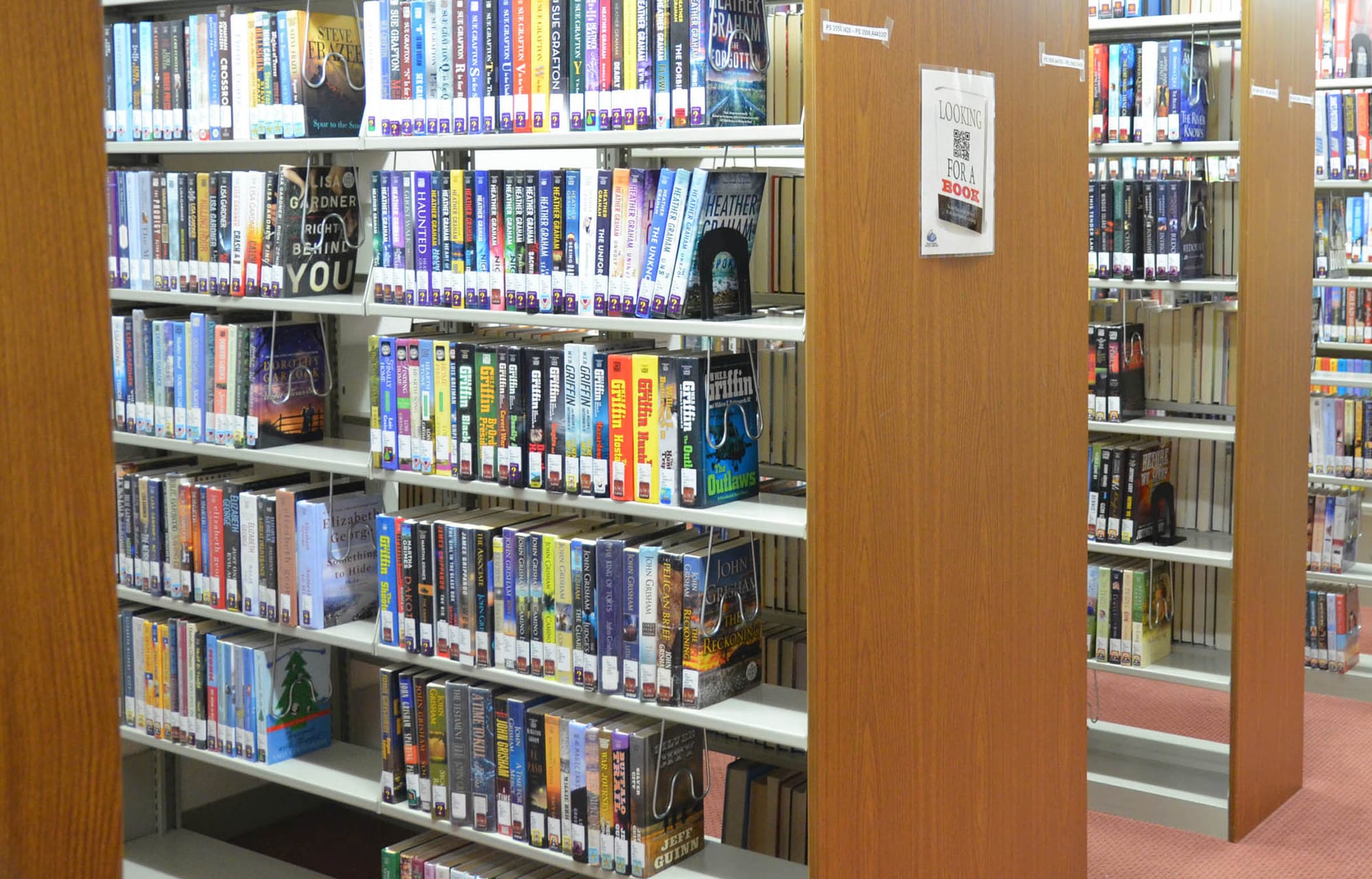
Research disruptions, anxiety
Scott Snyder, Vice President for Research and Economic Development at the University of North Dakota, said the university had dodged significant cuts seen at other institutions around the country so far, but has had some federal grants canceled in recent months.
Those four grants totaled around $1.4 million and included a $900,000 National Institute of Health (NIH) grant to help introduce undergraduate students to biomedical science fields, pair them with faculty mentors, and provide travel grants to gain experience at other laboratories.
“It was really to bring students who might not have otherwise gone into biomedical sciences into the fold,” Snyder said.
Two grants canceled in cuts to the Centers for Disease Control included one looking at disparities in the treatment of Covid within various populations in the state, and another for a health ambassador program for students at the university. A NIH grant related to breast cancer research was also terminated, but did not have a monetary impact since the project was already completed, Snyder said.
One area of uncertainty for the university is a proposal to cap NIH coverage of indirect costs for universities at 15%, shifting billions of dollars in research cost burdens directly to the universities themselves.
UND currently has an indirect cost rate of 41%, already lower than many other universities.
The reform of NIH indirect cost rates was halted by an April 4 federal district court injunction in the U.S. District Court of Massachusetts, setting the stage for a court battle that may eventually be decided by the U.S. Supreme Court.
“The future remains very cloudy, though,” Snyder said. “What happens is everything is moving along and then all of a sudden another policy drops or another series of cuts or whatnots drops.”
Snyder said another immediate impact from funding turmoil is that formal and informal notifications for awards continue to come in, but funds do not always get disbursed.
“So, we’re seeing big time delays in these agencies' ability to get money out the door and support the work they said they were going to support,” Snyder said. “We’re flying a bit in the dark, and that has the potential to get more disruptive if that money doesn’t continue to move.”
At North Dakota State University, history professor Angela Smith was impacted by the loss of a grant from the National Endowment for the Humanities secured by Michigan Tech Institute in December last year.
The grant would have provided a team of scholars including Smith at NDSU along with others in Canada, Brazil, South Carolina and Oklahoma to learn how to use a deep mapping system.
For the Smith project, that would have meant mapping the Red River Valley and setting up a system where the public could see the past in new ways.
Think of it like a series of layers of history that can be unpeeled for a particular location, with oral histories, historical maps, archeology, and land records all providing narratives throughout time for that location.
“We are trying to weave these narratives using GIS and place-based primary source tags so that the public can understand the deep layers of how history unfolds,” Smith said.
That could mean scoping back to the glacial period to examine Lake Agassiz, then scoping out to when large grasslands burst forth to support vast herds of bison roaming the drying lakebed.
Then out again to detail how the grasses and bison laid down the rich topsoil that became hugely productive farmland for the bonanza farming era in Minnesota and the Dakotas from the 1870s to 1920.
Smith is still planning on taking her own project forward as much as she can with future grants.
“This is a multi-year project,” Smith said. “What this grant did is it helped us to build a plan so that we can go back for bigger grants to build it out.”
Smith said the value of this work and of many other researchers like herself is to pass on knowledge and enrich the lives of others.
“It’s why I do what I do, it’s why I chose this profession,” she said. “So now the federal government doesn’t value that and they slash indiscriminately. They don’t even pick what’s important to them. It’s indiscriminate. It’s across the board.”

The North Dakota News Cooperative is a nonprofit news organization providing reliable and independent reporting on issues and events that impact the lives of North Dakotans. The organization increases the public’s access to quality journalism and advances news literacy across the state. For more information about NDNC or to make a charitable contribution, please visit newscoopnd.org. Send comments, suggestions or tips to michael@newscoopnd.org. Follow us on Twitter: https://twitter.com/NDNewsCoop.
